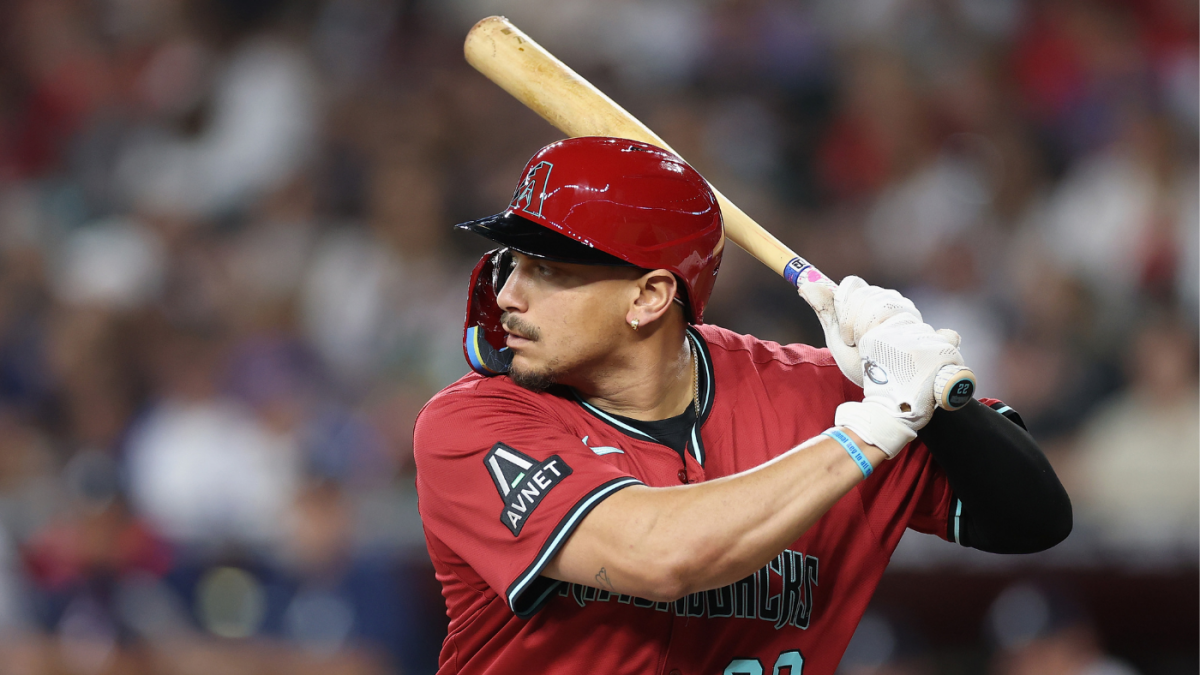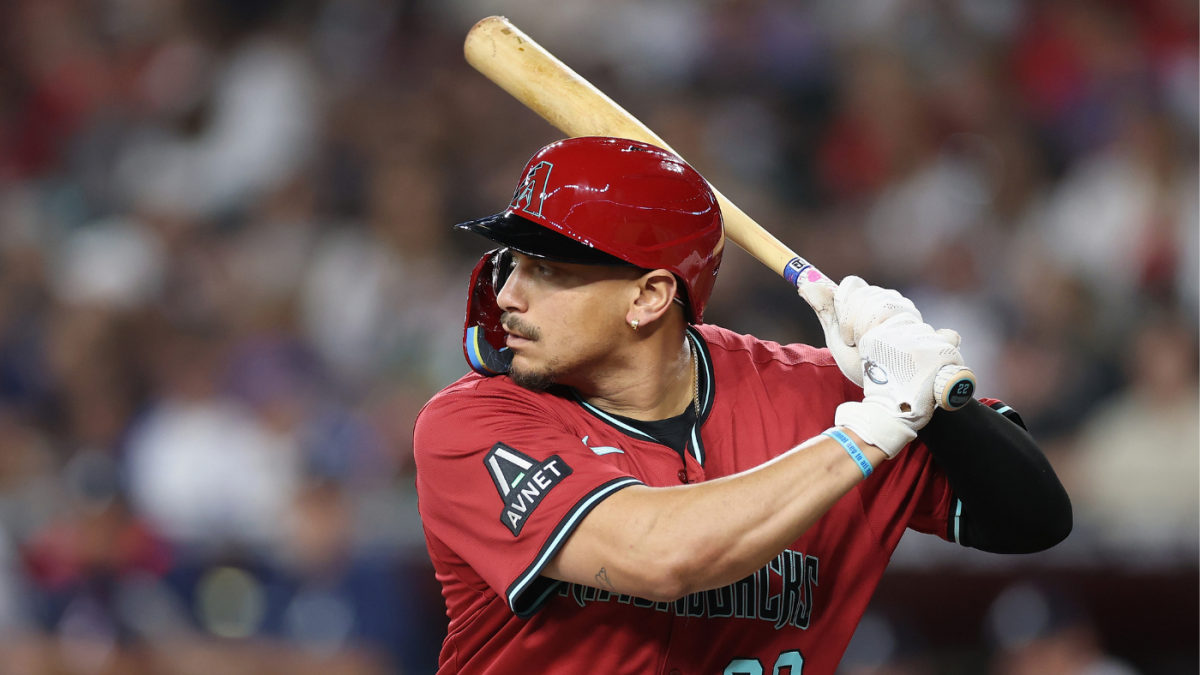The Seattle Mariners Acquire Josh Naylor: A Trade Deadline Deep Dive
Introduction: A Bold Move in the MLB Trade Landscape
The MLB trade deadline is a high-stakes moment where teams either fortify their rosters for a championship run or pivot towards a future rebuild. In 2025, the Seattle Mariners made a significant splash by acquiring first baseman Josh Naylor from the Arizona Diamondbacks. This trade sent shockwaves through the league, sparking discussions about the Mariners’ aggressive push for the playoffs and the Diamondbacks’ long-term vision. This report delves into the motivations, assets exchanged, and potential impact of this trade on both franchises.
The Mariners’ Offensive Overhaul: Why Naylor Was the Missing Piece
The Mariners’ decision to acquire Naylor was driven by a clear need to bolster their offense. Despite boasting a strong pitching rotation and a promising young core, the team’s offensive production had been inconsistent, particularly at first base. The Mariners’ first basemen had collectively underperformed, lacking the power and consistency required to compete with elite teams.
Josh Naylor, however, was having a standout season with the Diamondbacks. The former All-Star had already hit 11 home runs and driven in 59 RBIs by the trade deadline, showcasing his power potential and clutch hitting ability. Naylor’s track record of hitting in the middle of the lineup made him an ideal fit for the Mariners’ lineup, which needed a reliable run producer.
Beyond the immediate offensive boost, Naylor’s age and potential aligned perfectly with the Mariners’ long-term timeline. The team saw him as more than a rental player; he was an investment in their future. His addition was expected to lengthen the lineup, putting pressure on opposing pitchers and creating more scoring opportunities for the team’s other hitters.
The Diamondbacks’ Rebuild: A Strategic Shift
For the Arizona Diamondbacks, trading Naylor was a strategic decision to prioritize their long-term future. Despite aspirations of competing in the National League West, the Diamondbacks faced an uphill battle against the dominant Los Angeles Dodgers and San Diego Padres. Recognizing the need for a rebuild, the team decided to capitalize on Naylor’s value and acquire assets that could contribute to their future success.
In exchange for Naylor, the Diamondbacks received left-handed pitcher Brandyn Garcia and right-handed pitcher Ashton Izzi. While neither pitcher was a top-tier prospect, both had intriguing potential. Garcia, known for his deceptive delivery and strikeout ability, was seen as a potential future middle-of-the-rotation starter. Izzi, with his high-velocity fastball and developing secondary pitches, was projected as a possible late-inning reliever.
The trade was met with mixed reactions from Diamondbacks fans, who questioned the team’s commitment to winning. However, the front office remained steadfast in their belief that the trade was necessary to build a stronger, more sustainable team. By acquiring two young pitchers, the Diamondbacks added depth to their pitching pool and increased their chances of developing future stars.
Assessing the Trade: Immediate Impact vs. Long-Term Potential
Determining the “winner” of a trade is complex and often requires years to fully assess. However, based on the immediate context and the potential of the assets exchanged, some preliminary conclusions can be drawn.
The Mariners addressed a pressing need by acquiring Naylor, who was expected to provide a significant offensive boost. His addition made the Mariners a more formidable contender in the American League West, increasing their chances of reaching the playoffs. However, the team also parted with two promising young pitchers, betting that Naylor’s immediate impact would outweigh the potential loss of Garcia and Izzi.
The Diamondbacks, on the other hand, prioritized long-term value over immediate success. By trading Naylor, they acquired two young pitchers who could potentially become key contributors to their future success. This trade aligned with their broader rebuilding strategy, focusing on acquiring and developing young talent rather than relying on expensive free-agent signings.
The success of this trade will ultimately depend on the performance of the players involved and the long-term impact on both teams. The Mariners are aiming for immediate contention, while the Diamondbacks are focused on building for the future. Only time will tell which strategy proves to be more successful.
Conclusion: A Trade That Defines Two Teams’ Futures
The Josh Naylor trade was a classic example of a win-now team (the Mariners) trading with a rebuilding team (the Diamondbacks). The Mariners acquired a proven MLB talent to boost their lineup and make a playoff push, while the Diamondbacks acquired potential building blocks for their future.
This trade wasn’t just about exchanging players; it was about exchanging philosophies. The Mariners’ bold move signaled their intention to contend for a championship, while the Diamondbacks’ decision underscored their commitment to a long-term rebuild. The impact of this trade will be felt for years to come, shaping the futures of both franchises. Whether the Mariners’ gamble pays off or the Diamondbacks’ patience is rewarded remains to be seen, but one thing is certain: this trade has set the stage for an exciting chapter in MLB history.












